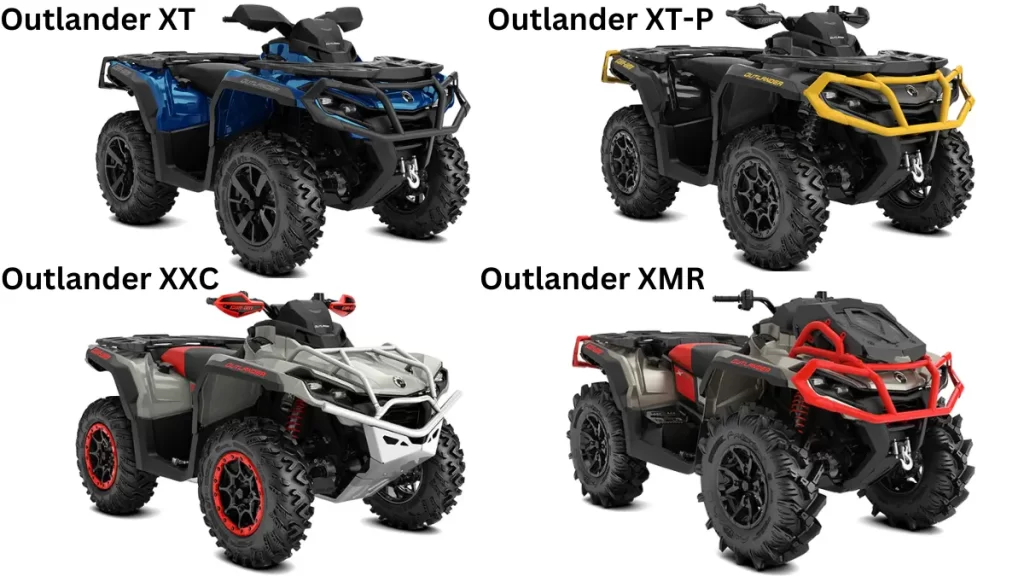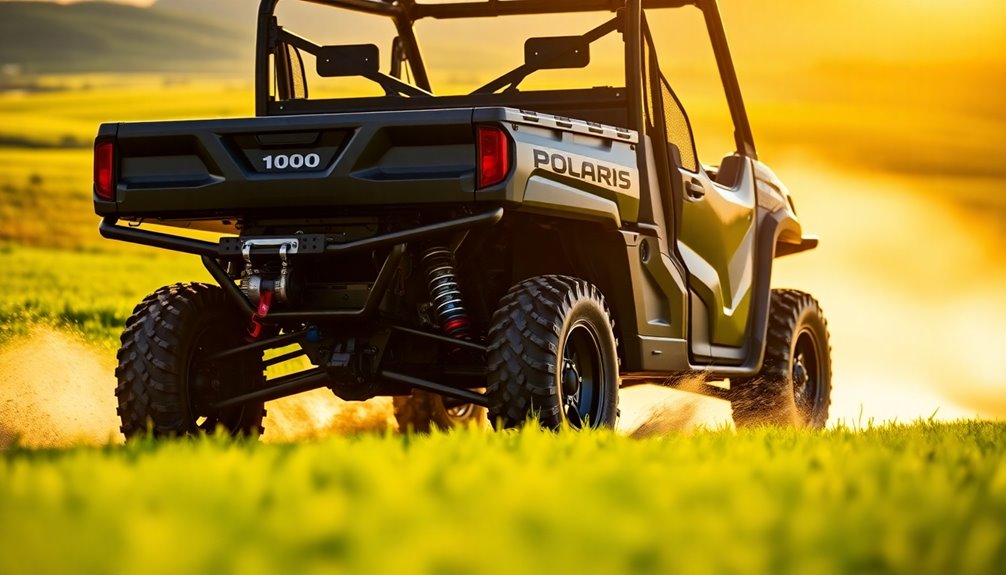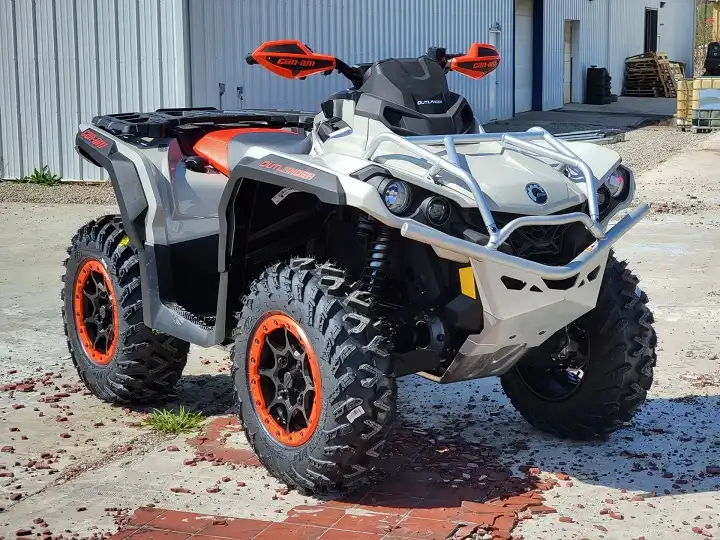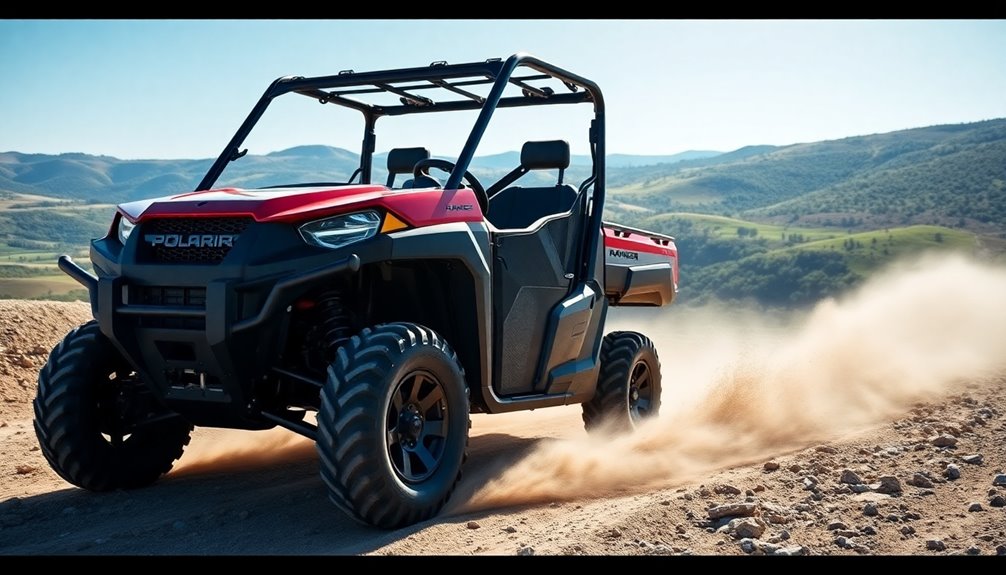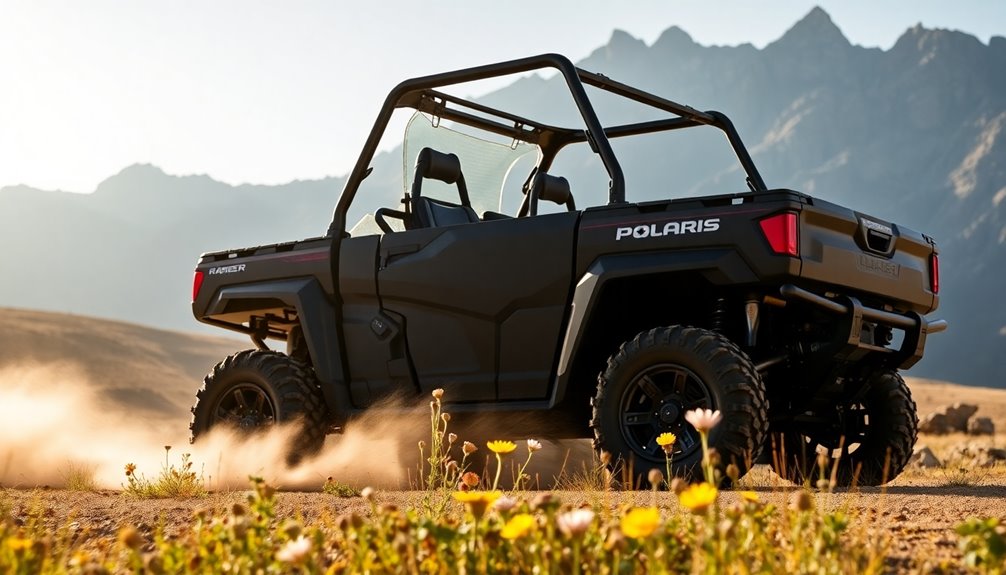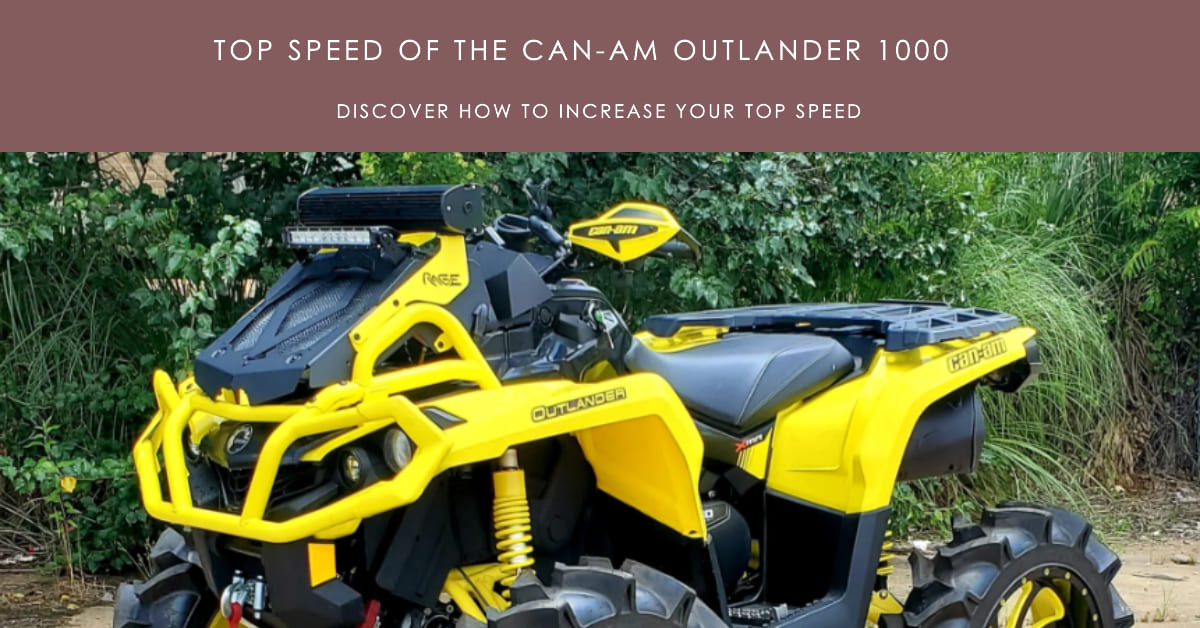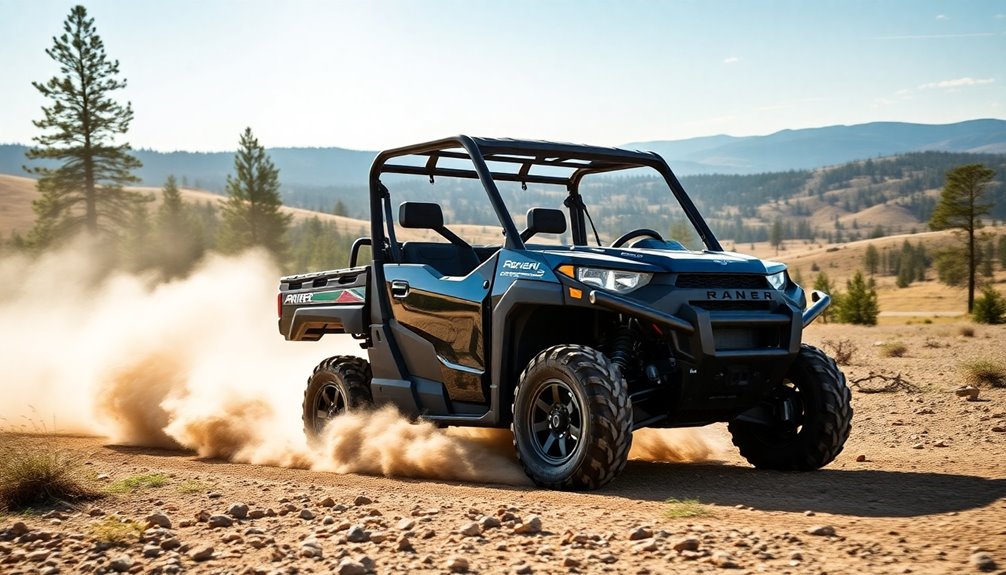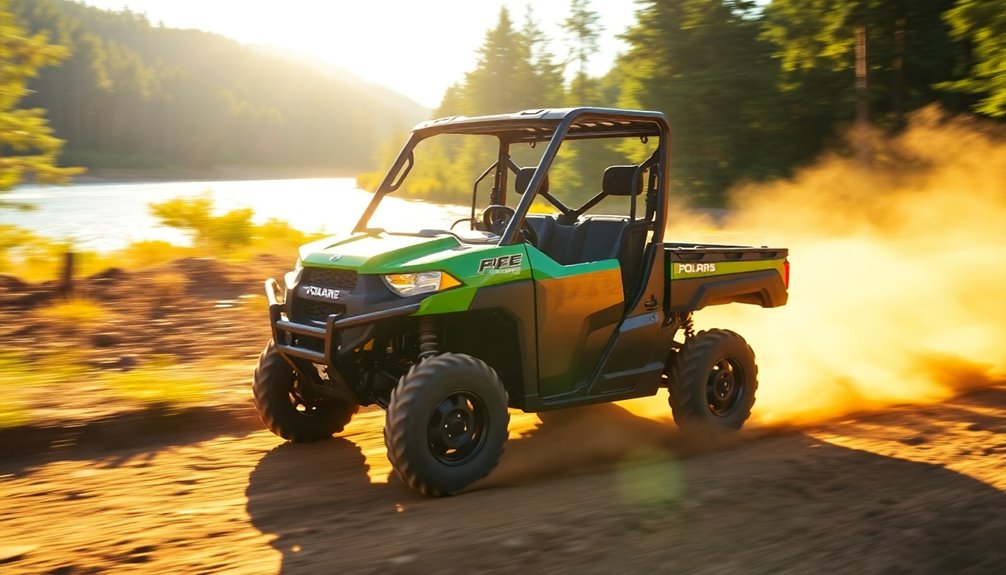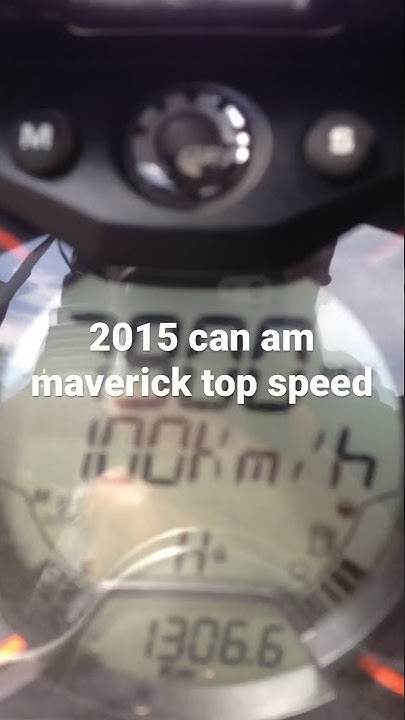Can Am Defender 1000 Top Speed
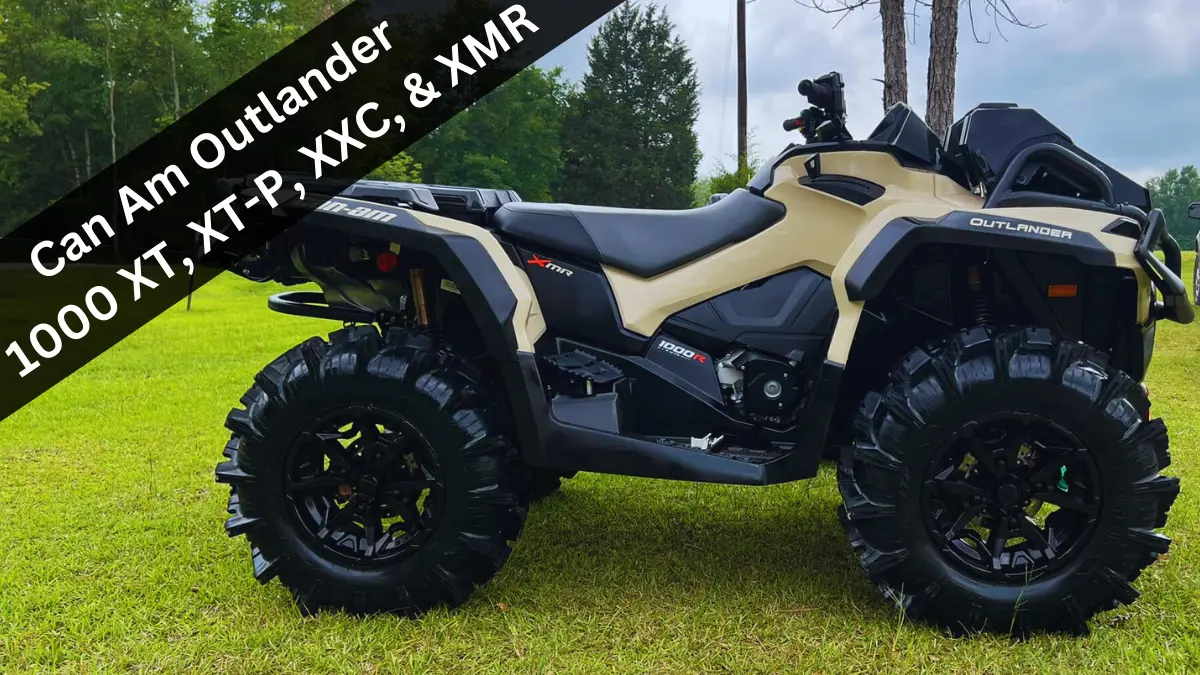
The Can-Am Defender 1000, a stalwart in the utility terrain vehicle (UTV) market, is often lauded for its robust capabilities and versatility. However, a recurring question among potential buyers and seasoned owners alike centers on its top speed: how fast can this workhorse truly go? Understanding the factors influencing the Defender 1000's maximum velocity is crucial for informed decision-making and safe operation.
This article delves into the top speed capabilities of the Can-Am Defender 1000, examining manufacturer specifications, real-world performance data, and the various elements that can affect its maximum velocity. We will also explore modifications and tuning options that can potentially increase speed, while emphasizing the importance of safety and legal compliance.
Official Specifications and Initial Expectations
According to Can-Am's official documentation, the Defender 1000 typically has a factory-limited top speed of approximately 65 mph (105 km/h). This figure serves as a baseline, but it's crucial to remember that this is a governed speed, intended to balance performance with safety and vehicle longevity.
The Rotax 976 cc V-twin engine powering the Defender 1000 is known for its torque, which is ideal for hauling and heavy-duty tasks. It is designed primarily for utility, not outright speed. The engine's focus on low-end power means that while acceleration is respectable, the vehicle's top speed is strategically limited.
The Can-Am engineers prioritized a robust and reliable powertrain over achieving higher speeds. This decision reflects the intended use-case of the Defender 1000 as a work-focused UTV.
Factors Influencing Top Speed
Several factors can influence the Defender 1000's actual top speed, deviating from the manufacturer's stated limit. These variables include terrain, load, tire type, and environmental conditions.
The surface being traversed greatly impacts speed. A smooth, paved road will allow for maximum velocity, while rough terrain like mud or sand will significantly reduce it. Load weight also plays a significant role, with heavier loads reducing acceleration and top speed.
Tire selection influences both traction and rolling resistance. Aggressive off-road tires, while beneficial for grip in challenging conditions, can create more resistance than smoother, street-legal tires. Tire pressure is also a factor, impacting rolling resistance and traction.
Environmental Considerations
Ambient temperature, altitude, and wind resistance can all influence engine performance and, consequently, top speed. Higher altitudes and hotter temperatures can reduce engine power, resulting in slower acceleration and lower peak speeds.
Similarly, headwind significantly increases drag, which reduces speed, while tailwind can assist the vehicle reach higher speed. These environmental factors are often overlooked but are important to consider.
Real-World Performance and User Experiences
Online forums and UTV communities offer a glimpse into real-world performance experiences. Many users report achieving speeds close to the manufacturer's stated limit under optimal conditions.
However, anecdotal evidence also highlights variations depending on the factors mentioned earlier. Some users might struggle to reach the 65 mph mark in certain conditions. This discrepancy underscores the importance of understanding individual operating environments and vehicle setup.
Reviews from reputable off-road publications often corroborate these user reports, confirming that the Defender 1000 achieves expected speeds. These tests typically involve carefully controlled conditions.
Modifications and Tuning for Increased Speed
For those seeking to increase the Defender 1000's top speed, several aftermarket modifications and tuning options are available. These modifications often involve bypassing or recalibrating the factory speed limiter.
Performance tuners can remap the engine's electronic control unit (ECU) to optimize fuel delivery and ignition timing. This recalibration can potentially unlock more horsepower and allow for a higher top speed by removing the limiter.
Other modifications may involve changing the clutch system, upgrading the exhaust, or installing a performance air intake. Each modification contributes to the overall performance enhancement.
Safety and Legal Considerations
Modifying the Defender 1000 to increase its top speed comes with inherent risks and legal implications. Exceeding the factory-limited speed can compromise vehicle stability and braking performance, potentially leading to accidents.
Furthermore, tampering with emissions controls or safety systems can violate local and federal laws. It is essential to research the legality of modifications in your area and consider the potential impact on vehicle warranty.
Responsible modification should always prioritize safety. Upgrading brakes and suspension components alongside engine modifications is recommended to maintain control and handling at higher speeds. Always wear appropriate safety gear, including helmets and seatbelts.
Conclusion: Balancing Utility and Speed
The Can-Am Defender 1000 is designed primarily as a utility vehicle, prioritizing torque and durability over outright speed. While its factory-limited top speed of around 65 mph is suitable for many applications, it is not a speed demon.
Understanding the factors that influence top speed and considering the implications of modifications are critical for owners. Operators need to decide whether increased speed is worth the potential risks.
Ultimately, the Can-Am Defender 1000 offers a balanced approach, providing ample performance for work-related tasks while keeping safety and reliability as priorities. Potential buyers should carefully weigh their needs and consider the trade-offs between utility and speed before making a decision.



